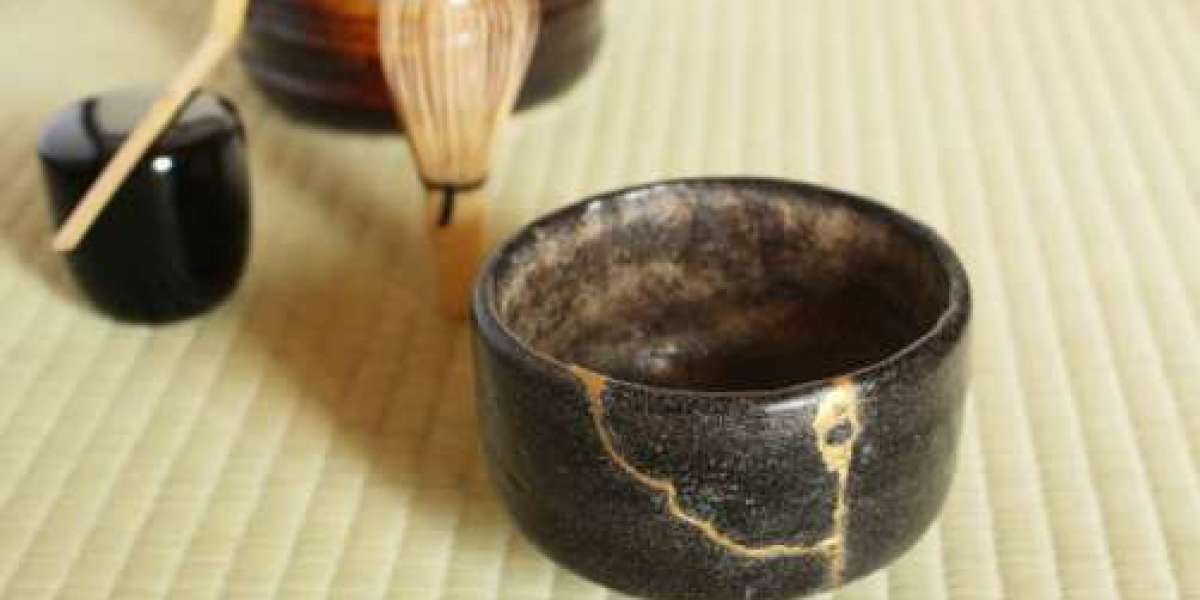Urushi, the traditional Japanese art form, has captivated the world with its delicate beauty and cultural significance. Urushi craft workshops offer a unique opportunity to delve into this ancient practice, learning the meticulous techniques and philosophies behind it. In this article, we will explore the enchanting world of Urushi and Kintsugi, the art of repairing broken pottery with gold, emphasizing the profound symbolism and aesthetic appeal that make these crafts enduringly relevant.
The History and Significance of Urushi
Urushi, also known as Japanese lacquer, has a history that spans over 9,000 years. This natural resin, derived from the sap of the Urushi tree, has been used to create and preserve beautiful and functional objects. Its use in art and everyday items demonstrates its versatility and resilience. Urushi craft workshops allow participants to engage with this historical art form, learning how to apply the lacquer to various surfaces, including wood, pottery, and even metal.
The Process of Urushi Lacquering
The process of Urushi lacquering is intricate and requires great skill and patience. The sap is harvested, refined, and then applied in thin layers to the chosen object. Each layer must be allowed to cure in a controlled environment to achieve the desired durability and sheen. This meticulous method highlights the dedication and craftsmanship required, making Urushi craft workshops an immersive experience where one can appreciate the detailed artistry involved.
The Art of Kintsugi: Healing Through Art
Kintsugi, which translates to "golden joinery," is the art of repairing broken pottery with lacquer mixed with powdered gold, silver, or platinum. This technique not only mends the object but also transforms it into a unique piece of art. The philosophy behind Kintsugi is deeply rooted in the idea of embracing imperfections and finding beauty in the broken.
Kintsugi Techniques
In a Kintsugi workshop, participants learn various techniques to repair and enhance broken ceramics. The process begins with carefully cleaning and piecing together the fragments. Urushi lacquer is then used to glue the pieces back together, and the cracks are filled with a mixture of lacquer and precious metals. This practice not only restores the item’s functionality but also elevates its aesthetic value, celebrating its history and resilience.
Urushi Craft Workshops: A Gateway to Cultural Immersion
Attending an Urushi craft workshop provides a hands-on experience that goes beyond mere observation. These workshops offer participants the chance to engage with the material, tools, and techniques, fostering a deeper understanding of the cultural significance behind Urushi and Kintsugi.
Benefits of Participating in Urushi Craft Workshops
Engaging in Urushi craft workshop has numerous benefits. It enhances creativity, improves fine motor skills, and provides a meditative experience that promotes mindfulness. Moreover, participants gain insight into Japanese cultural heritage, appreciating the meticulous care and artistry that goes into creating and restoring objects using Urushi.
Conclusion
Urushi and Kintsugi represent more than just art forms; they embody a philosophy that values the beauty in imperfection and the significance of resilience. By participating in Urushi craft workshops, individuals can connect with this profound tradition, learning to appreciate the meticulous craftsmanship and cultural depth of these ancient practices. Embracing the timeless beauty of Urushi and the healing art of Kintsugi, we find inspiration in the delicate balance between fragility and strength.








